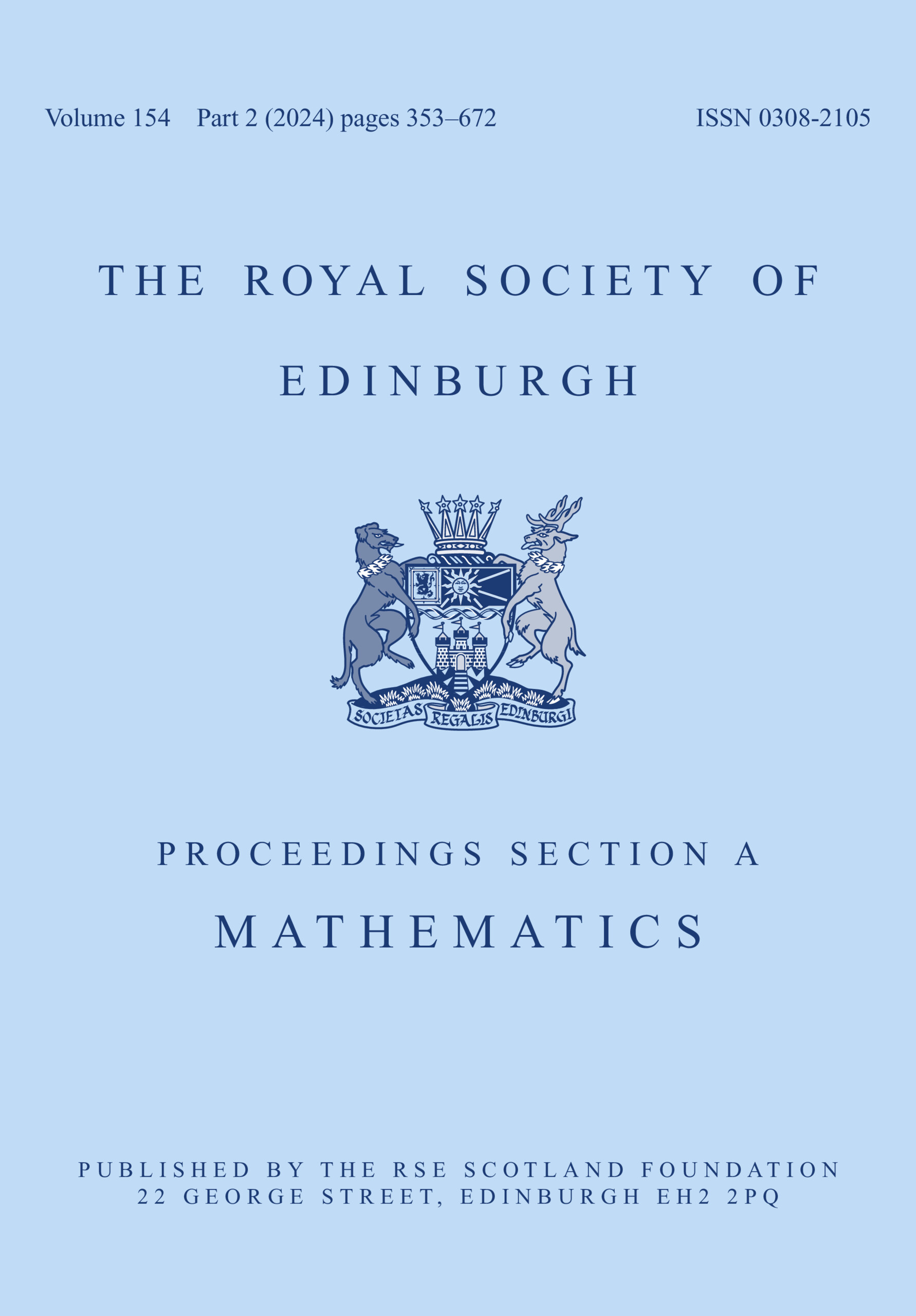Article contents
Exponential decay for the KdV equation on ℝ with new localized dampings
Published online by Cambridge University Press: 05 April 2022
Abstract
In this paper, we prove several results on the exponential decay in $L^{2}$ norm of the KdV equation on the real line with localized dampings. First, for the linear KdV equation, the exponential decay holds if and only if the averages of the damping coefficient on all intervals of a fixed length have a positive lower bound. Moreover, under the same damping condition, the exponential decay holds for the (nonlinear) KdV equation with small initial data. Finally, with the aid of certain properties of propagation of regularity in Bourgain spaces for solutions of the associated linear system and the unique continuation property, the exponential decay for the KdV equation with large data holds if the damping coefficient has a positive lower bound on $E$
norm of the KdV equation on the real line with localized dampings. First, for the linear KdV equation, the exponential decay holds if and only if the averages of the damping coefficient on all intervals of a fixed length have a positive lower bound. Moreover, under the same damping condition, the exponential decay holds for the (nonlinear) KdV equation with small initial data. Finally, with the aid of certain properties of propagation of regularity in Bourgain spaces for solutions of the associated linear system and the unique continuation property, the exponential decay for the KdV equation with large data holds if the damping coefficient has a positive lower bound on $E$ , where $E$
, where $E$ is equidistributed over the real line and the complement $E^{c}$
is equidistributed over the real line and the complement $E^{c}$ has a finite Lebesgue measure.
has a finite Lebesgue measure.
MSC classification
Information
- Type
- Research Article
- Information
- Proceedings of the Royal Society of Edinburgh Section A: Mathematics , Volume 153 , Issue 4 , August 2023 , pp. 1073 - 1098
- Copyright
- Copyright © The Author(s), 2022. Published by Cambridge University Press on behalf of The Royal Society of Edinburgh
References
- 3
- Cited by


